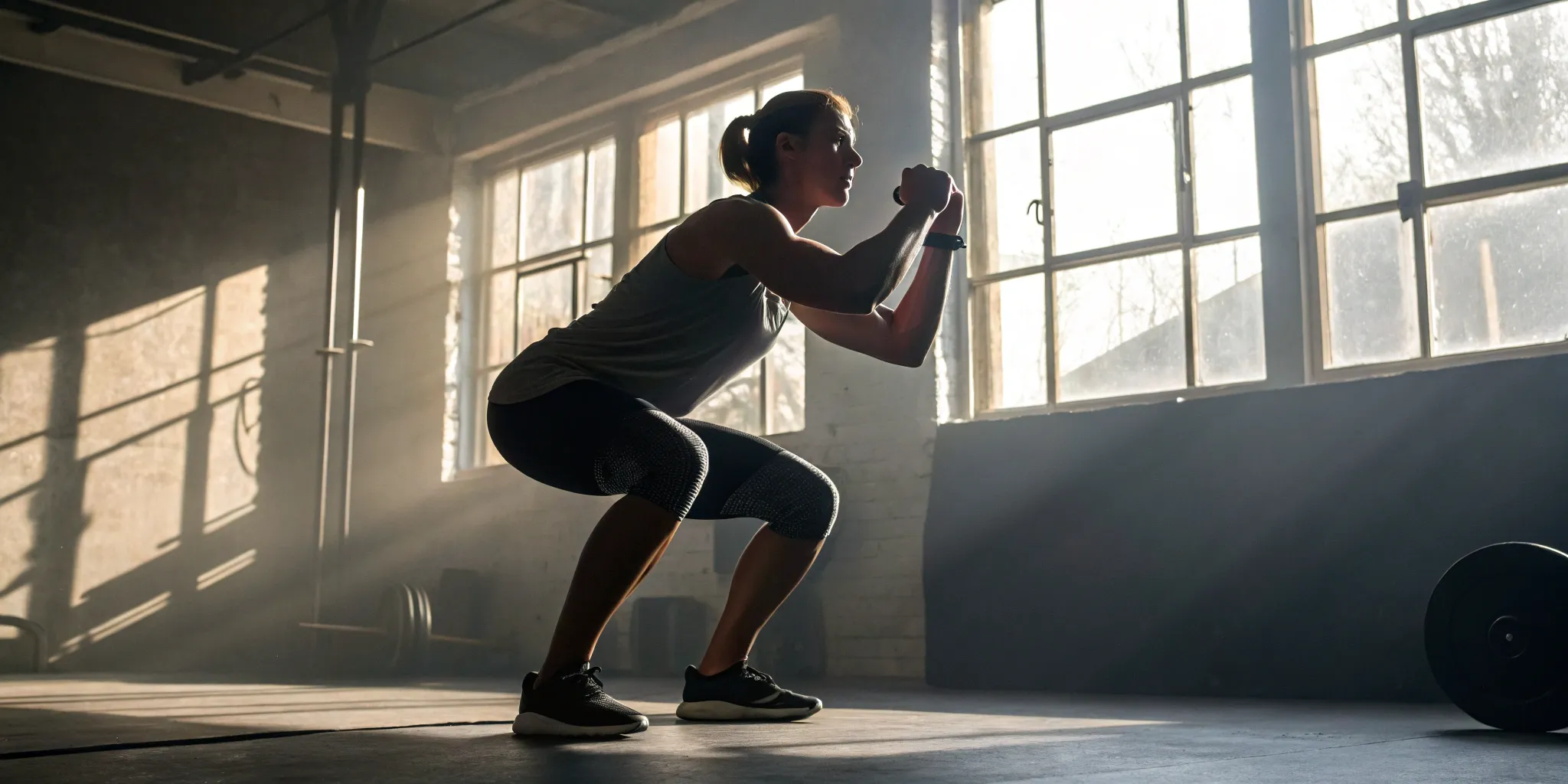5 Reasons to Try Small Group Workout Classes
Small group workout classes offer expert coaching, motivation, and community support. See five reasons this format could be the perfect fit for your goals.
Fat Burning Workout Plan: The Complete Guide
Get a fat burning workout plan that combines strength, cardio, and recovery for real results. Learn the best exercises, weekly schedule, and nutrition tips.
How to Build a Fat Burning Strength Workout
Create an effective fat burning strength workout with simple tips, exercise ideas, and nutrition advice to help you build muscle and lose fat efficiently.
5 Effective Rowing Machine Fat Burning Workouts
Find your next favorite rowing machine fat burning workout with these five effective routines designed to help you burn calories and build strength.
The Ultimate Kettlebell Fat Burning Workout
Get stronger and leaner with this kettlebell fat burning workout. Learn the best exercises, tips, and routines for effective, full-body fat loss.
The Fastest Fat Burning Exercises That Actually Work
Find out which fastest fat burning exercises deliver real results, plus tips for building a routine you’ll stick with for lasting fat loss and strength.
The Ultimate Dumbbell Fat Burning Workout
Get stronger and leaner with this dumbbell fat burning workout. Build muscle, burn calories, and see real results with simple, effective exercises.
The Low Impact Fat Burning Workout That Works
Get results with a low impact fat burning workout that protects your joints. Find effective exercises and tips for building a routine you’ll actually enjoy.
The Only Fat Burning Gym Routine You'll Ever Need
Get a fat burning gym routine that combines strength, cardio, and HIIT for real results. Build muscle, burn calories, and see lasting changes.
8 Thigh Fat Burning Exercises for Leaner Legs
Get leaner legs with these 8 thigh fat burning exercises. Build strength, burn fat, and see real results with a balanced, effective workout routine.
Your High Intensity Interval Training Gym Workout Plan
Get a practical high intensity interval training gym workout plan with tips, sample routines, and equipment advice for every fitness level.
How to Build a Fat Burning Circuit Workout
Create an effective fat burning circuit workout with simple steps, exercise tips, and expert advice to help you burn calories and build lean muscle.
The Best Gym Exercises to Burn Fat Fast
Find the most effective gym exercises to burn fat fast. Get practical tips on combining cardio, strength, and compound moves for real, lasting results.
Does Lifting Weights Burn Fat? Yes—Here's Why
Curious does lifting weights burn fat? Learn how strength training helps you lose fat, build muscle, and boost your metabolism for lasting results.
6 Exercises That Burn the Most Calories, Ranked
Find out which exercises that burn the most calories top the list. Get practical tips for choosing calorie-burning workouts you’ll actually enjoy and stick with.
Your 4-Week Bodyweight Fat Burning Workout Plan
Get a simple, effective bodyweight fat burning workout plan with actionable tips, weekly routines, and expert advice for real results—no equipment needed.
8 Best Kettlebell Exercises for Serious Weight Loss
Find the best kettlebell exercises for weight loss and learn how to build strength, burn fat, and get real results with these effective full-body moves.
6 Best Leg Exercises for Fat Loss (Full Workout)
Find the best leg exercises for fat loss and build a stronger lower body with this full workout guide, packed with practical tips for real results.
Best Exercises to Lose Weight Fast (Backed by Science)
Find the best exercises to lose weight fast, backed by science. Get practical tips for effective workouts that help you burn fat and build lean muscle.
Best Fat Burning Workouts: A Cardio & Strength Guide
Find the best fat burning workouts with this cardio and strength guide. Get practical tips to build muscle, burn calories, and see real results.





















